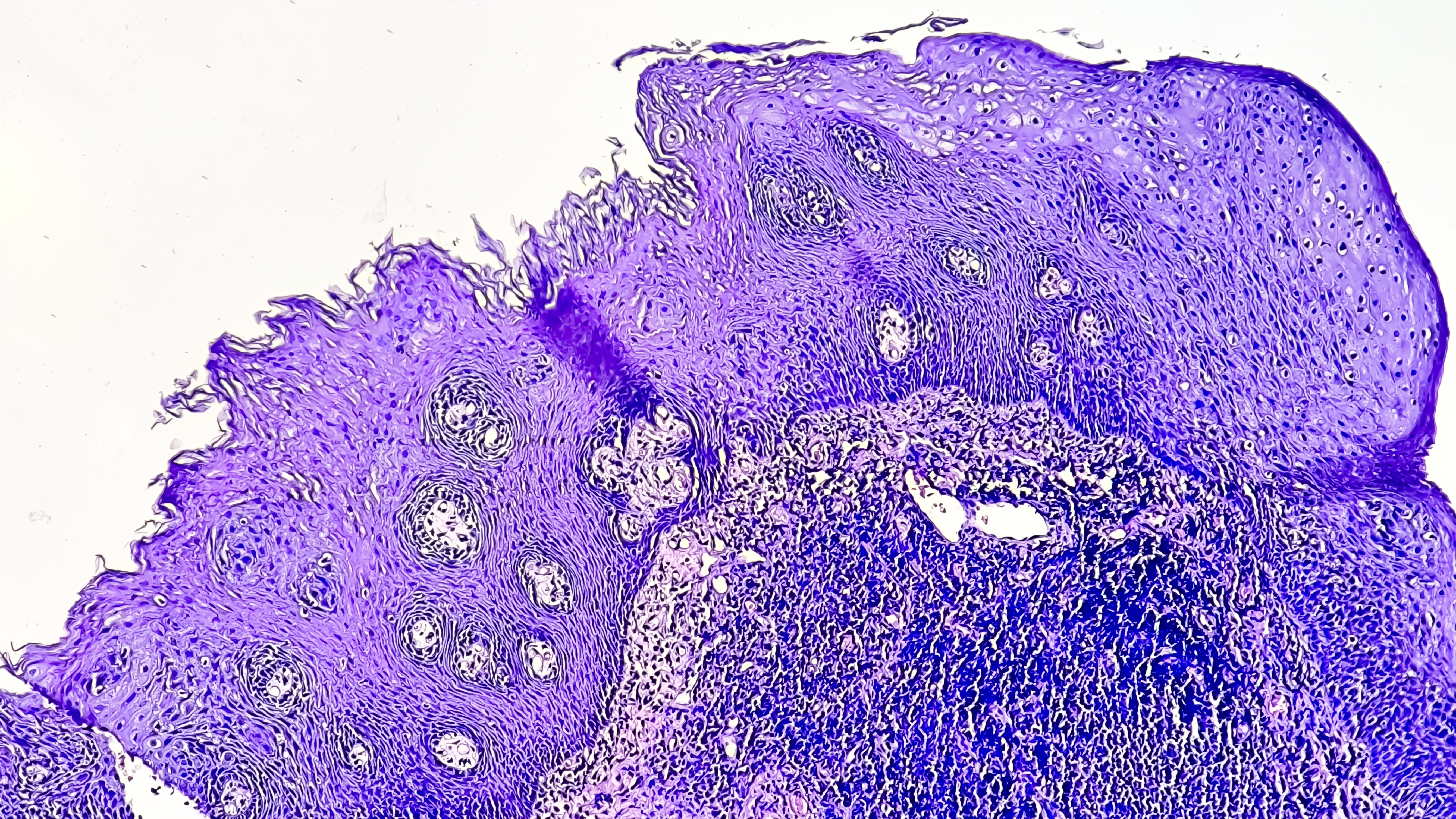
Patients with diffuse grade 2 neuroendocrine tumors—identified through whole-slide Ki-67 analysis—had shorter survival than those with focal grade 2 tumors, despite sharing the same histologic grade, according to a recent study.
In a multicenter retrospective analysis published in Modern Pathology, researchers evaluated optimal grading strategies for enteropancreatic neuroendocrine tumors (NETs) using the Ki-67 proliferation index (PI). The study compared hotspot analysis (HSA) and whole-slide analysis (WSA) for World Health Organization (WHO) grade assignment and prognostic relevance across primary tumors, regional lymph nodes, and distant metastases.
The researchers, led by Ibrahim Abukhiran of Department of Pathology, University of Pittsburgh, Pittsburgh, Pennsylvania, and colleagues analyzed 734 tissue sections from 325 patients with pancreatic and jejunoileal NETs. Ki-67 PI was quantified using a validated digital image analysis protocol, with HSA focused on the most proliferative region and WSA encompassing the entire tumor section. Each patient received two WHO grades, based on the highest grade observed at any site by each method. An external validation cohort of 74 patients from the University of Pittsburgh Medical Center was assessed using different image analysis software to ensure reproducibility.
HSA yielded higher Ki-67 PI than WSA in 67 percent (492/734) of cases, and 62 percent of these showed a difference exceeding 1 percentage point. WSA showed higher PI in 33 percent (238/734) of cases, most with minimal differences. HSA resulted in grade increases in 20 percent of tumors compared with WSA.
Among 70 patients with matched sampling from primary, regional, and distant sites, 66 percent (46/70) had discordant grades. The highest grade was found in regional metastases in 39 percent, distant metastases in 35 percent, and primary tumors in 26 percent. These findings highlight the insufficiency of grading based solely on the primary tumor.
Survival analysis revealed that diffuse grade 2 tumors—those with a homogeneous Ki-67 PI throughout the tumor on WSA—were associated with a median overall survival of 84 months, compared with 136 months for focal grade 2 tumors identified by HSA. Diffuse grade 1 and focal grade 2 tumors had comparable outcomes, suggesting that focal increases in Ki-67 do not carry the same prognostic weight as diffuse elevation.
Only maximum WSA Ki-67 PI emerged as an independent predictor of survival. The researchers recommend integrating both HSA and WSA into grading workflows and evaluating all available tumor sites to enhance diagnostic precision and improve prognostic accuracy in NETs.




